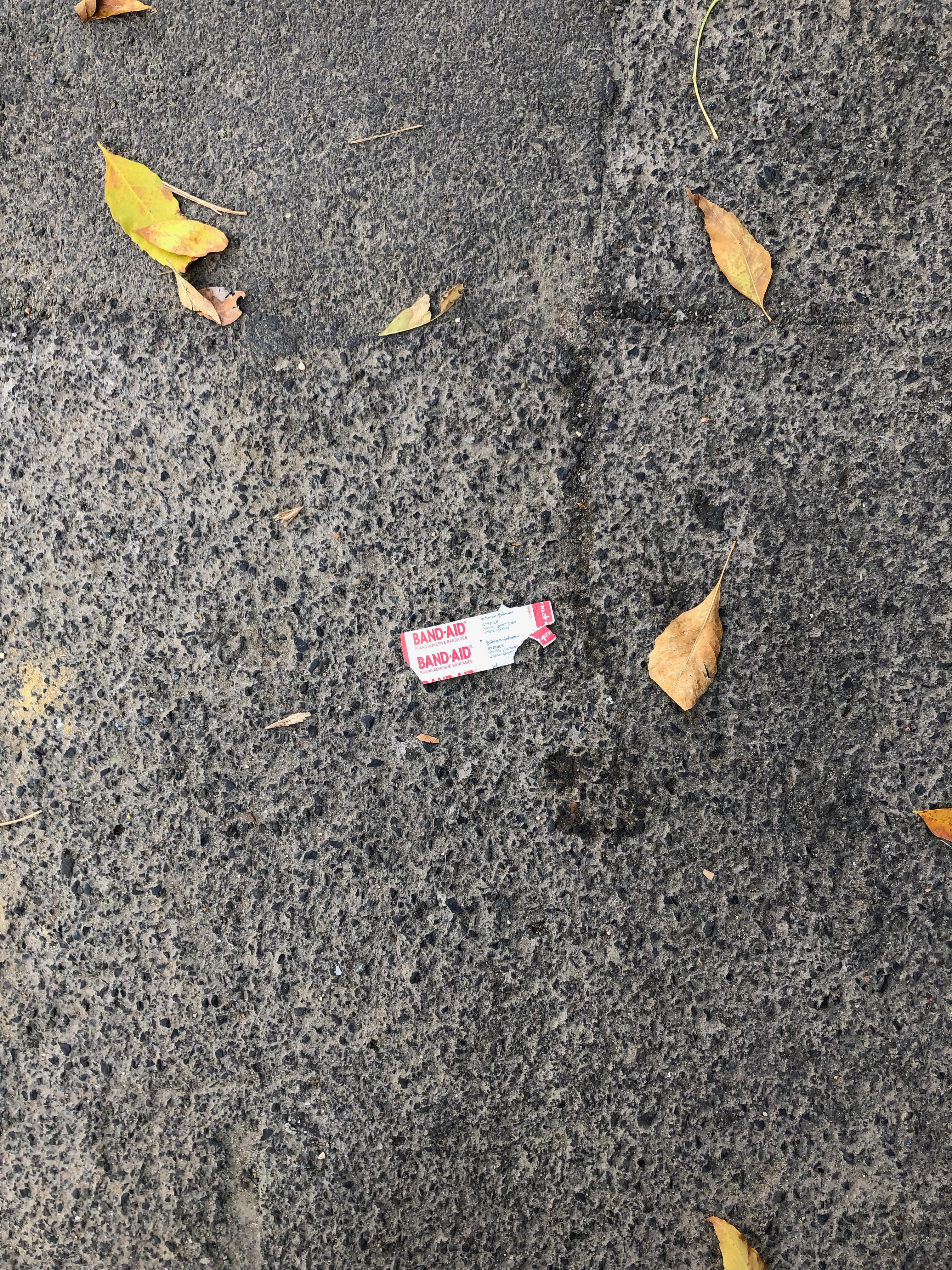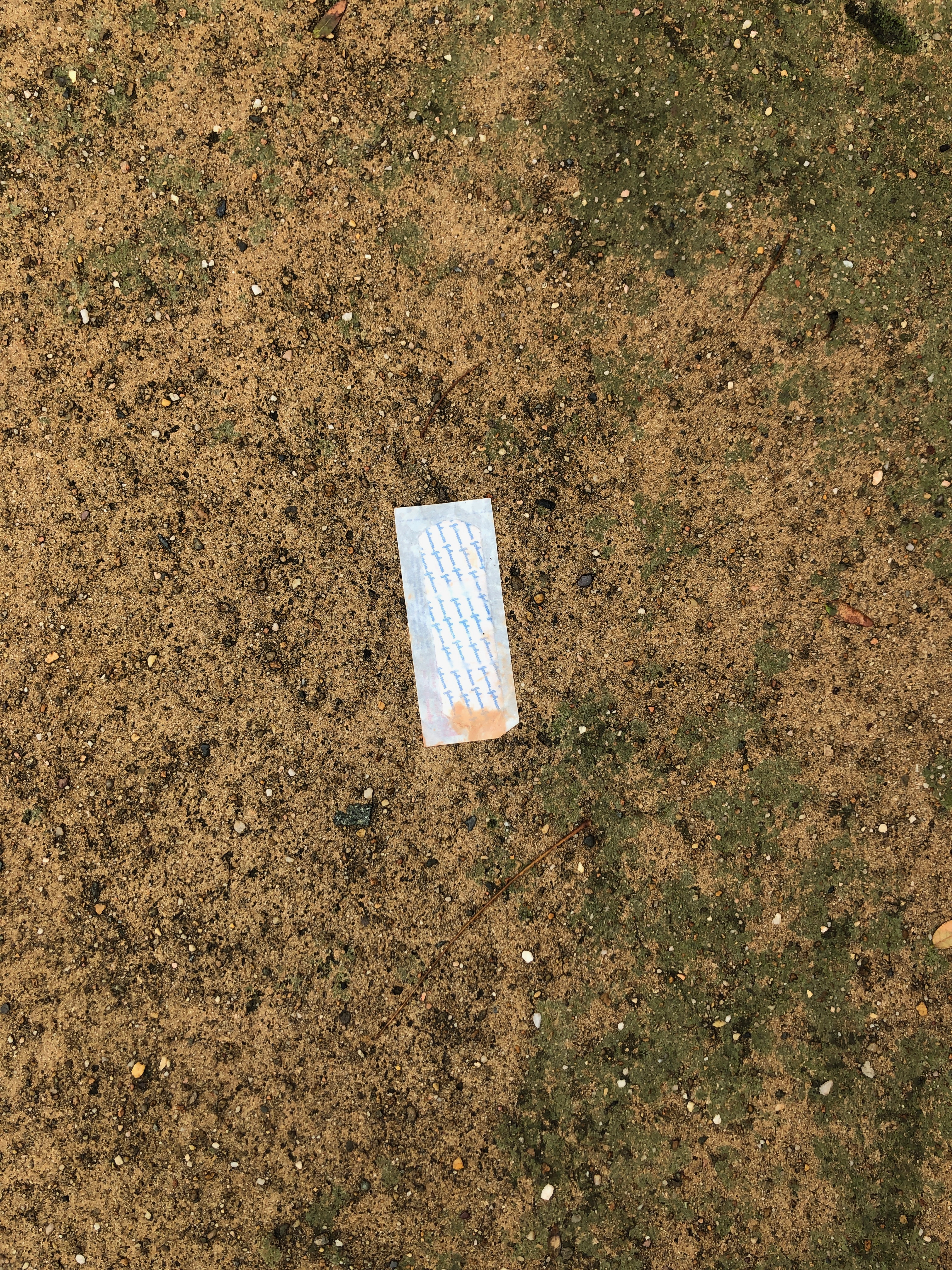Abstract
In this paper, we present a few ethnographic vignettes on the use of WhatsApp from a study in Mexico City. We suggest WhatsApp is a paradigmatic example of how a particular technology becomes an infrastructure to sustain, and therefore shape, a wide range of quotidian activities, from personal to economic, from spiritual to political. WhatsApp exemplifies what we call technologies of life, as such technologies mediate almost all aspects of social life. On this basis, we propose two interventions into the research agenda that go beyond data-centric approaches and focus on the lived-experiences of individuals, families, and communities.
Resumen
En este artículo presentamos algunas viñetas etnográficas sobre el uso de WhatsApp en la Ciudad de México. Proponemos que WhatsApp es un ejemplo paradigmático de cómo una tecnología en particular se transforma en una infraestructura para sostener, y de esa forma, generar, un gran número de actividades cotidianas, de comunicación personal a intercambios económicos, de conexiones espirituales a prácticas políticas. WhatsApp ejemplifica lo que denominamos Tecnologías Vitales, tecnologías que median casi todos los aspectos de la vida social. Sobre esta base, proponemos dos intervenciones en la agenda de investigación proponiendo ir más allá de las aproximaciones centradas en datos y plataformas y enfocándose en las experiencias vividas por individuos, familias y comunidades.
TEXTO COMPLETO






 A paper that I presented at a conference on Photography and Anthropology in 2014 was (finally) published today. It is somehow disappointing that the publishing process takes so long because I would probably approach the paper differently now. In any case, I think it could be useful to expand the discussion about mobile/visual/digital ethnographies.
A paper that I presented at a conference on Photography and Anthropology in 2014 was (finally) published today. It is somehow disappointing that the publishing process takes so long because I would probably approach the paper differently now. In any case, I think it could be useful to expand the discussion about mobile/visual/digital ethnographies.